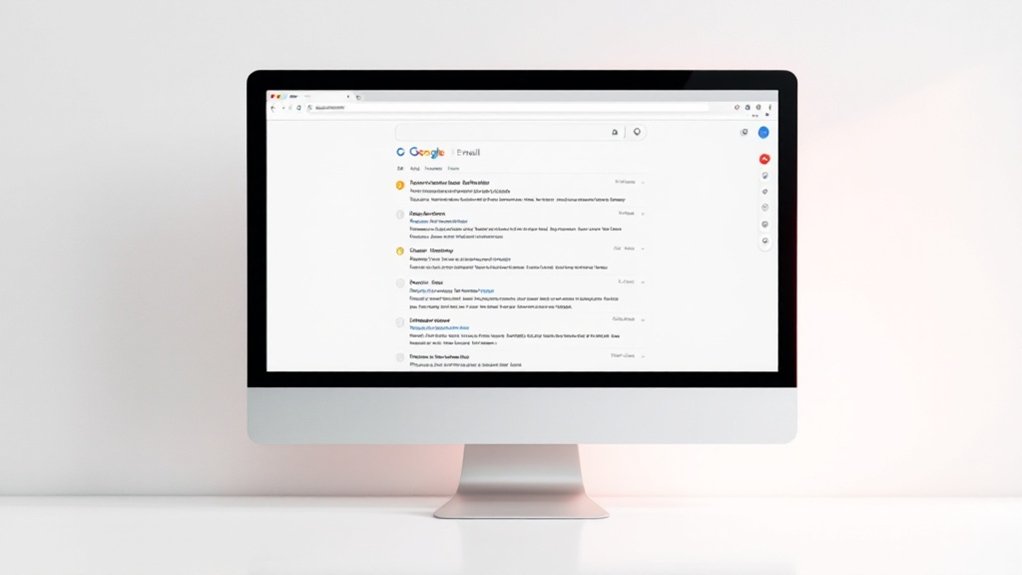A 1TB hard drive offers approximately 931 gigabytes of usable storage space, owing to differences between decimal and binary measurement systems. This capacity translates to roughly 250,000 high-quality photos, 500 hours of HD video, or 200,000 MP3 files. For gaming purposes, users can install 10-15 modern AAA titles, whereas business applications benefit from space for 85 million Word documents or 64 million emails. Understanding the practical limitations helps maximize this substantial but finite storage resource.

A one terabyte (1TB) hard drive represents a substantial storage capacity that equates to approximately 1,000,000,000,000 bytes of data, although the actual usable space typically amounts to 931 GB due to differences between binary and decimal conversion methods. The discrepancy between advertised and usable capacity is due to manufacturers using decimal counting methods. The real capacity calculation follows a binary multiplier formula for accurate storage representation.
This storage volume, approximately one-tenth of the Library of Congress‘s digital capacity, provides enough space to accommodate data from roughly ten smartphones containing 100 GB each.
For multimedia storage, a 1TB drive can hold between 250,000 and 310,000 high-quality JPEG images taken with a 12MP camera, assuming an average file size of 4MB per photo.
Video capacity includes approximately 500 hours of HD content, 166 hours of Full HD footage, or 65 hours of 4K video recordings. This translates to storing about 250 feature-length films or watching the entire Marvel Cinematic Universe five times over.
With 1TB, you can store 250 movies or binge-watch every Marvel film from Iron Man to Endgame five times straight.
Music enthusiasts can store approximately 200,000 MP3 files at 5MB each, enabling up to 17,000 hours or 708 days of continuous audio playback.
This capacity allows for multiple complete discographies, such as playing U2’s entire studio collection 24 times or the Rolling Stones’ complete works 15 times consecutively.
Document storage capabilities are similarly impressive, with space for roughly 6.5 million document pages, including Office files and PDFs.
The drive can accommodate 85 million Microsoft Word documents, 64.78 million email files, or 17.55 million PowerPoint presentations, making it suitable for extensive business or academic use.
For gaming applications, a 1TB drive provides space for 10-15 modern AAA titles, assuming average installations of 60-100 GB per game.
Yet, practical considerations affect actual storage capacity, including file system overhead, space reserved for system operations, and formatting requirements. Regular maintenance and storage optimization become critical for maximizing the drive’s utility, particularly when managing large files or maintaining extensive software installations.
Frequently Asked Questions
Why Is My 1TB Hard Drive Showing Less Storage Than Advertised?
The discrepancy between advertised and actual hard drive capacity stems from different measurement systems.
Manufacturers use the decimal system (1 TB = 1,000,000,000,000 bytes), whereas operating systems employ binary calculations (1 TB = 1,099,511,627,776 bytes).
This difference results in a 1 TB drive showing approximately 931 GB of usable space, reflecting the conversion between decimal marketing specifications and binary computer operations.
What’s the Difference Between HDD and SSD in 1TB Capacity?
Although both HDD and SSD storage devices advertise 1TB capacity, their actual usable space differs slightly.
HDDs typically provide around 931GB of usable space, whereas SSDs offer approximately 924GB, as a result of differences in measurement systems and formatting requirements.
The discrepancy occurs since manufacturers use decimal notation (1000GB = 1TB), while operating systems use binary notation (1024GB = 1TB), resulting in a variance between advertised and available storage capacity.
How Long Does a 1TB Hard Drive Typically Last?
A 1TB hard drive usually lasts 3-5 years under normal consumer usage conditions, though lifespans vary considerably based on environmental factors and usage patterns.
Enterprise-grade drives often extend to 5-10 years, with some units functioning beyond a decade.
Temperature range (55°F-90°F), humidity levels, and magnetic interference impact longevity, whereas manufacturer warranties typically cover 2-5 years.
Annual failure rates range from 0.5% to 5%, increasing after 3-4 years.
Can I Partition My 1TB Drive Without Losing Performance?
Partitioning a 1TB drive typically does not result in performance loss. Modern file systems efficiently manage large volumes regardless of partition configuration.
Although partitioning offers organizational benefits, such as separating system files from user data and enabling multiple operating systems, it does not greatly impact read/write speeds.
Users can safely partition their drives using Windows Disk Management tools, ensuring proper backup beforehand to prevent data loss.
Should I Choose Multiple Smaller Drives Over One 1TB Drive?
The choice between multiple smaller drives versus a single 1TB drive depends primarily on intended usage patterns.
Multiple drives offer advantages in parallel operations and data segregation, during increasing failure risks and power consumption.
A single 1TB drive provides better cost efficiency, simplified management, and faster sequential speeds, though it lacks redundancy options.
For most users, a single drive balances performance, cost, and reliability effectively.









